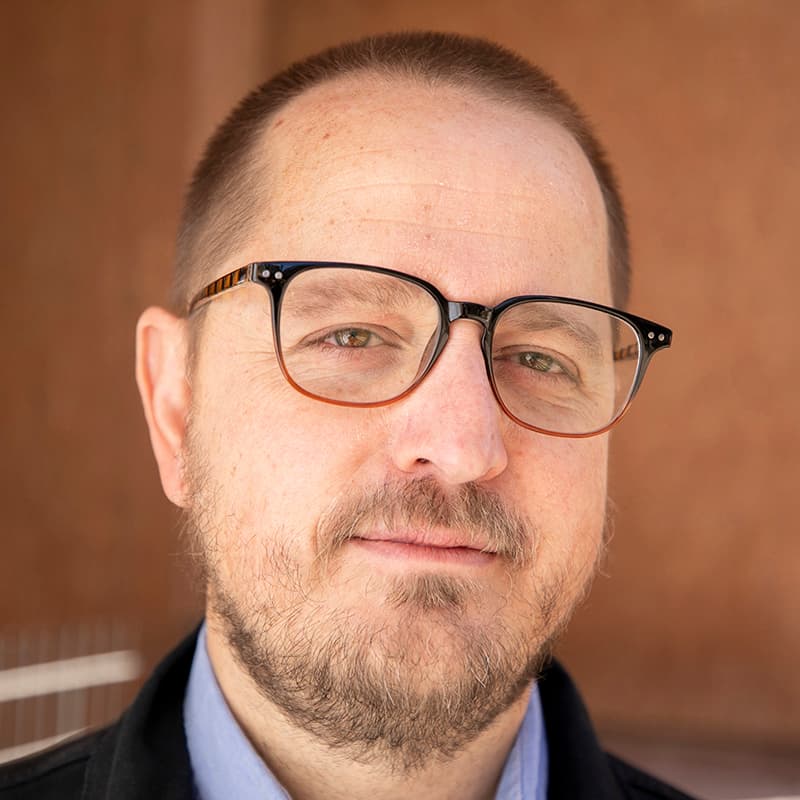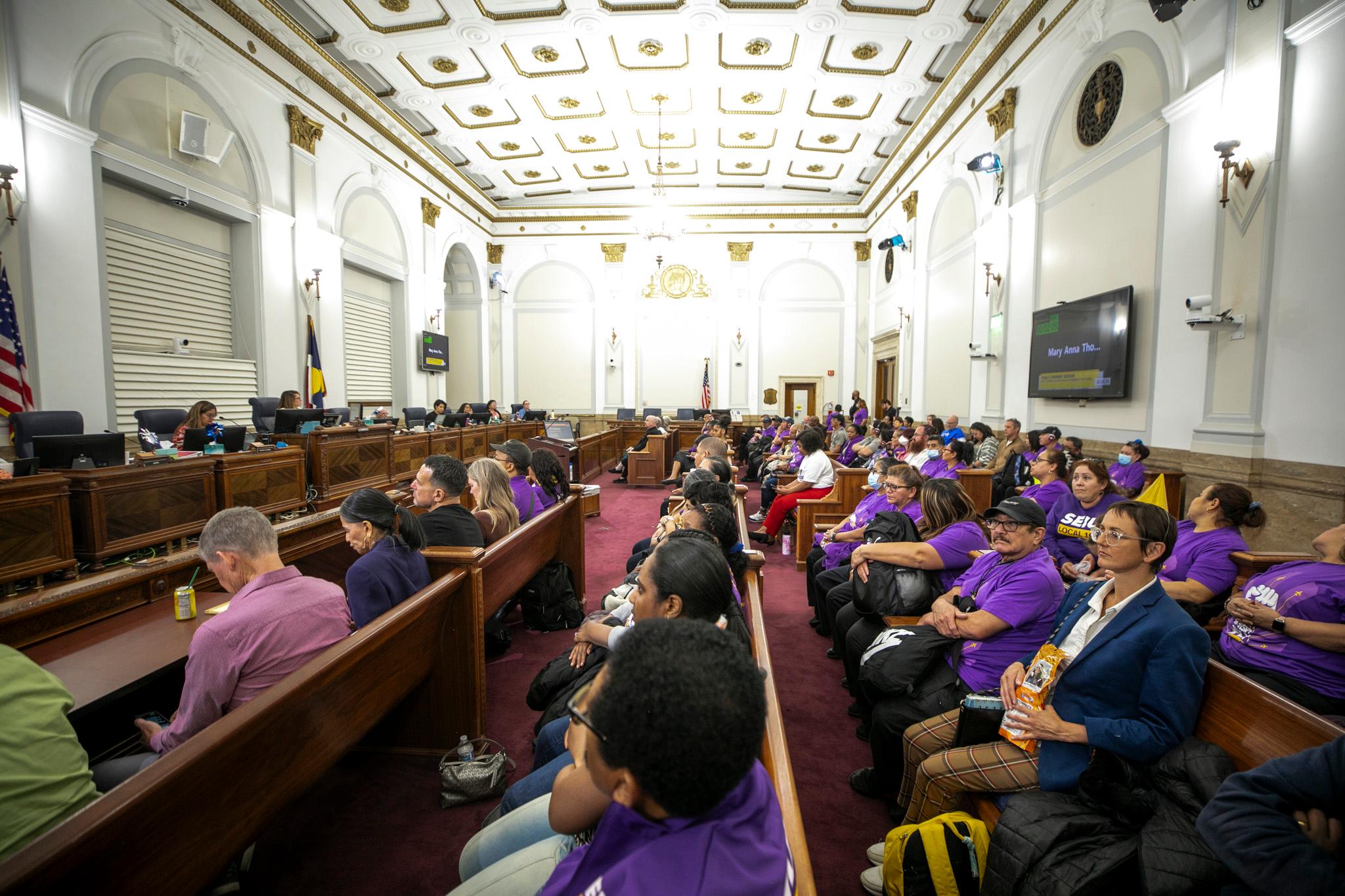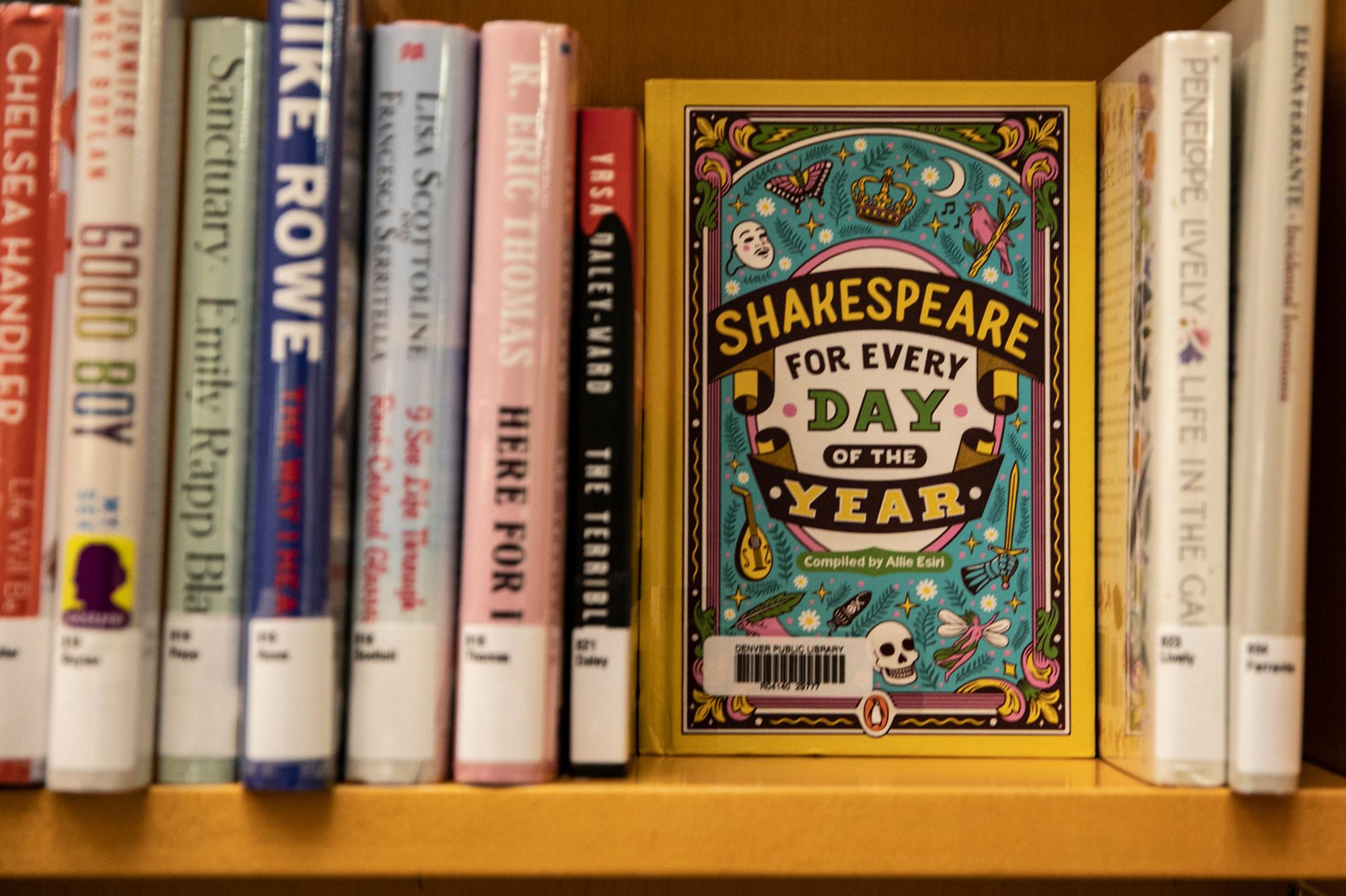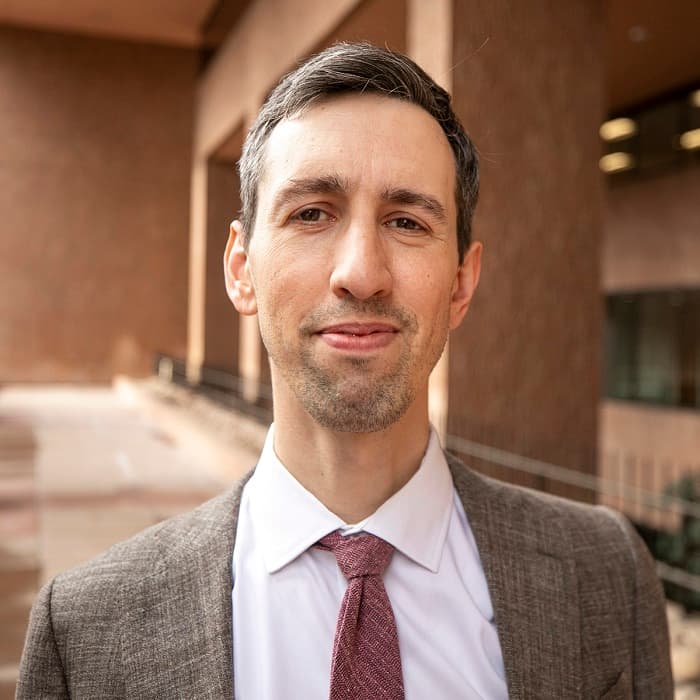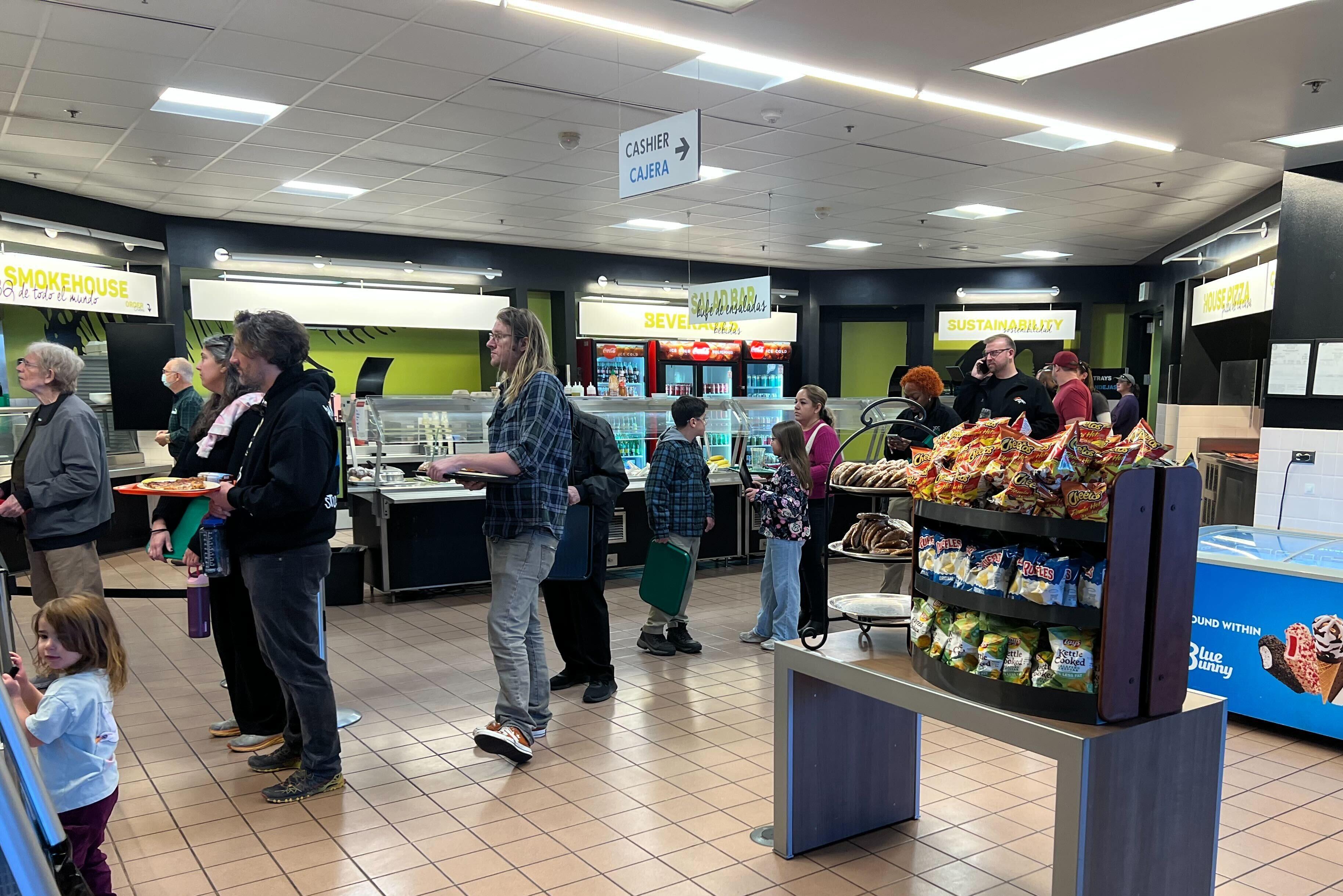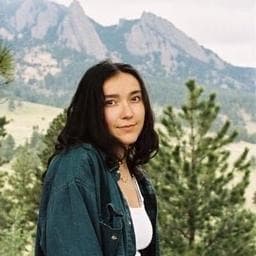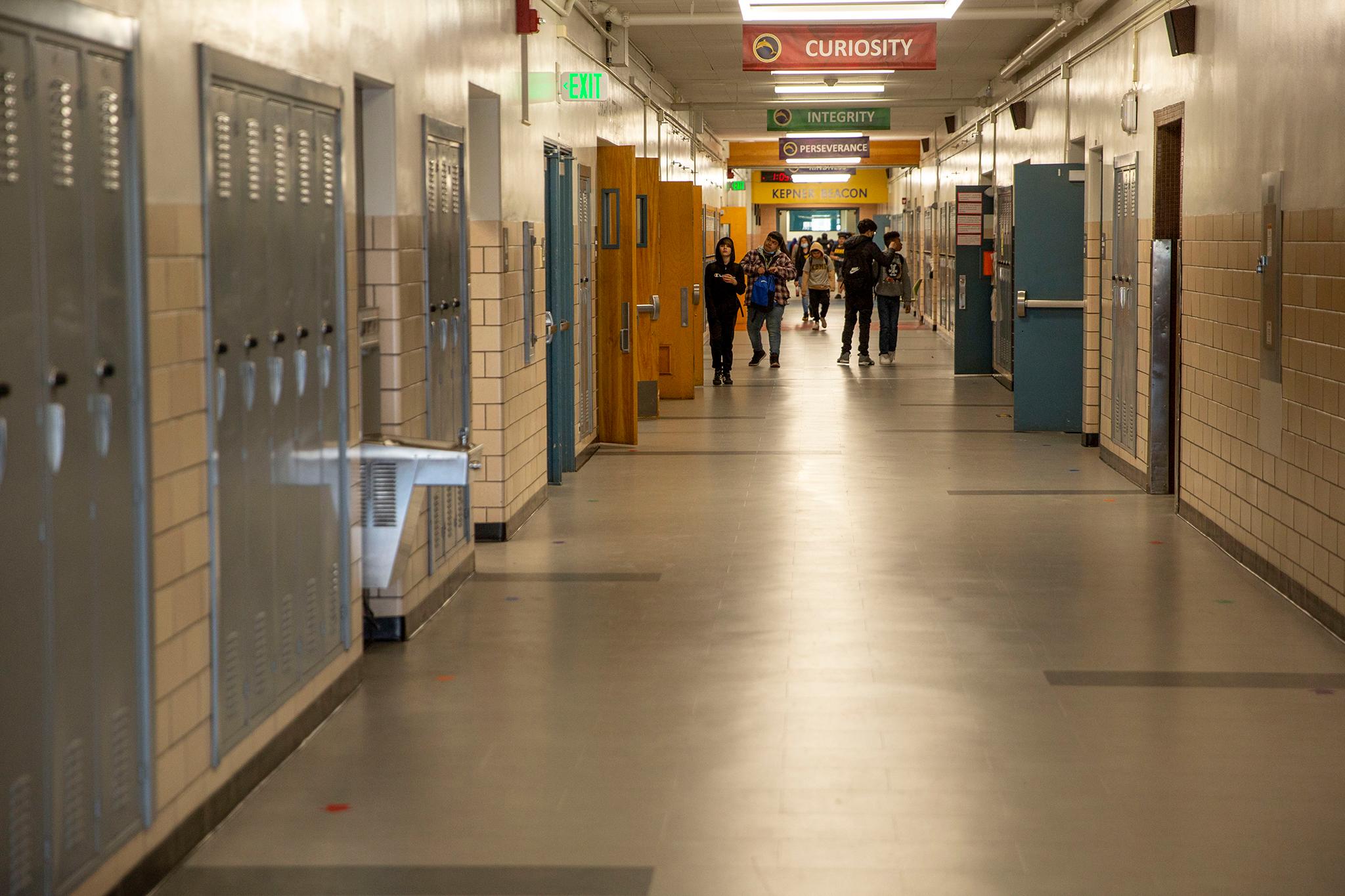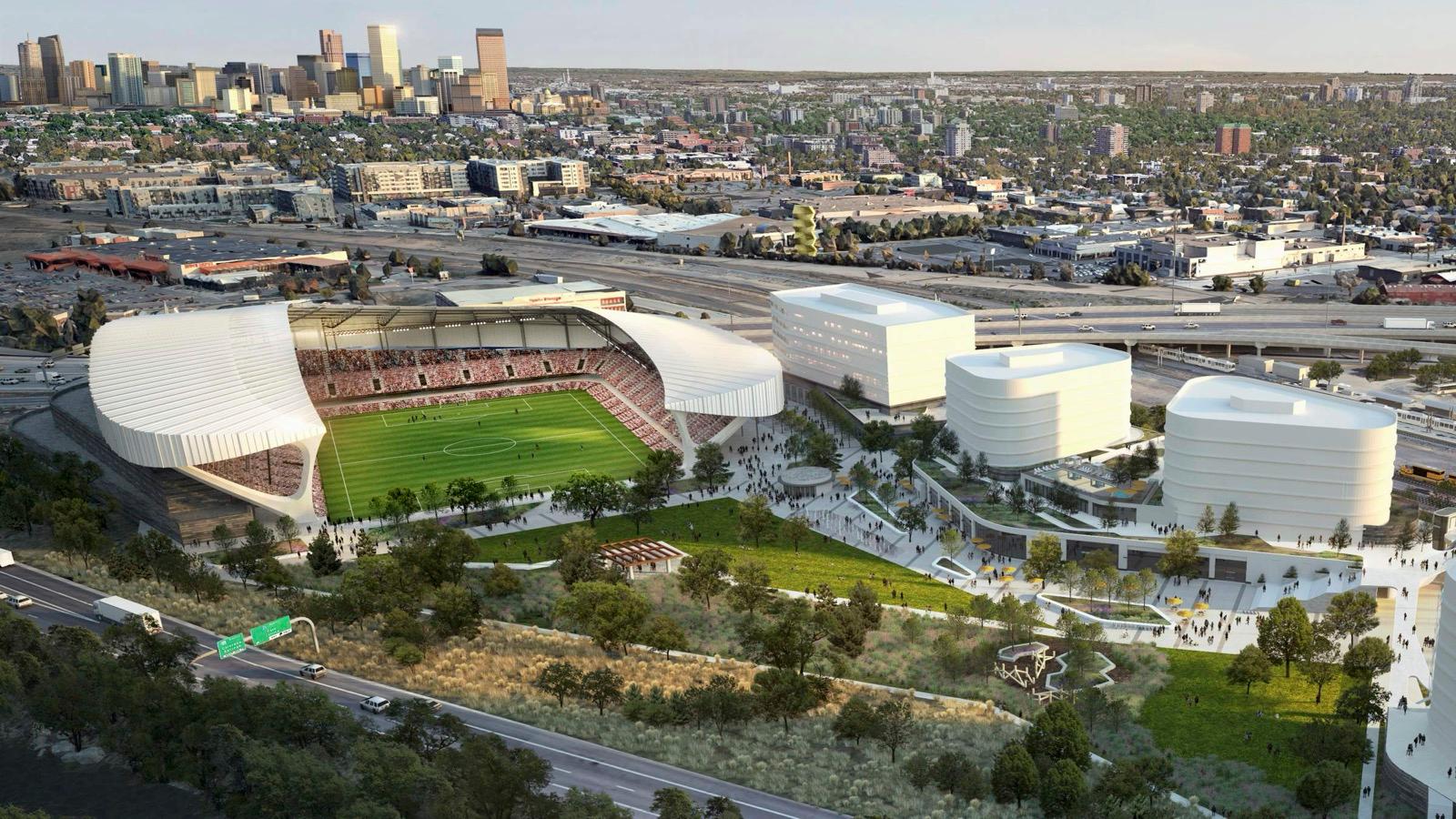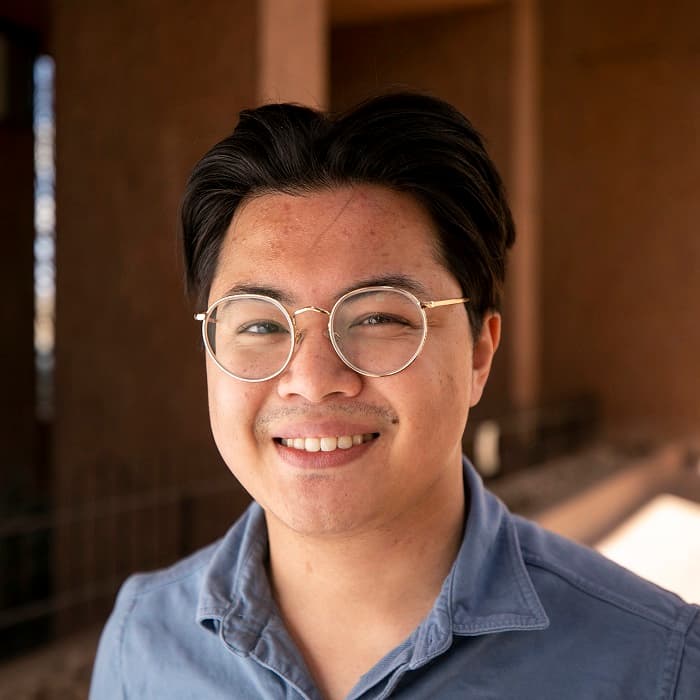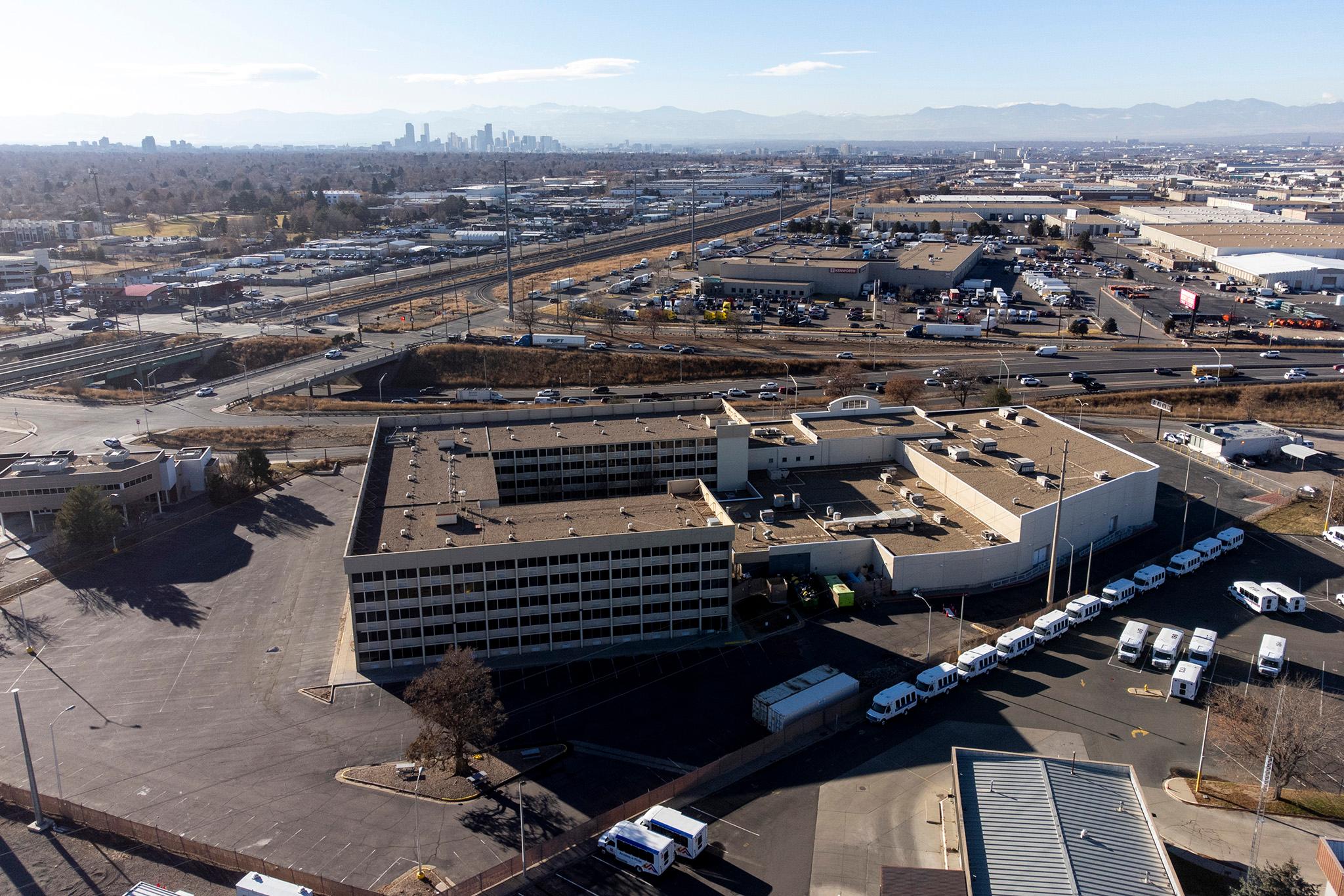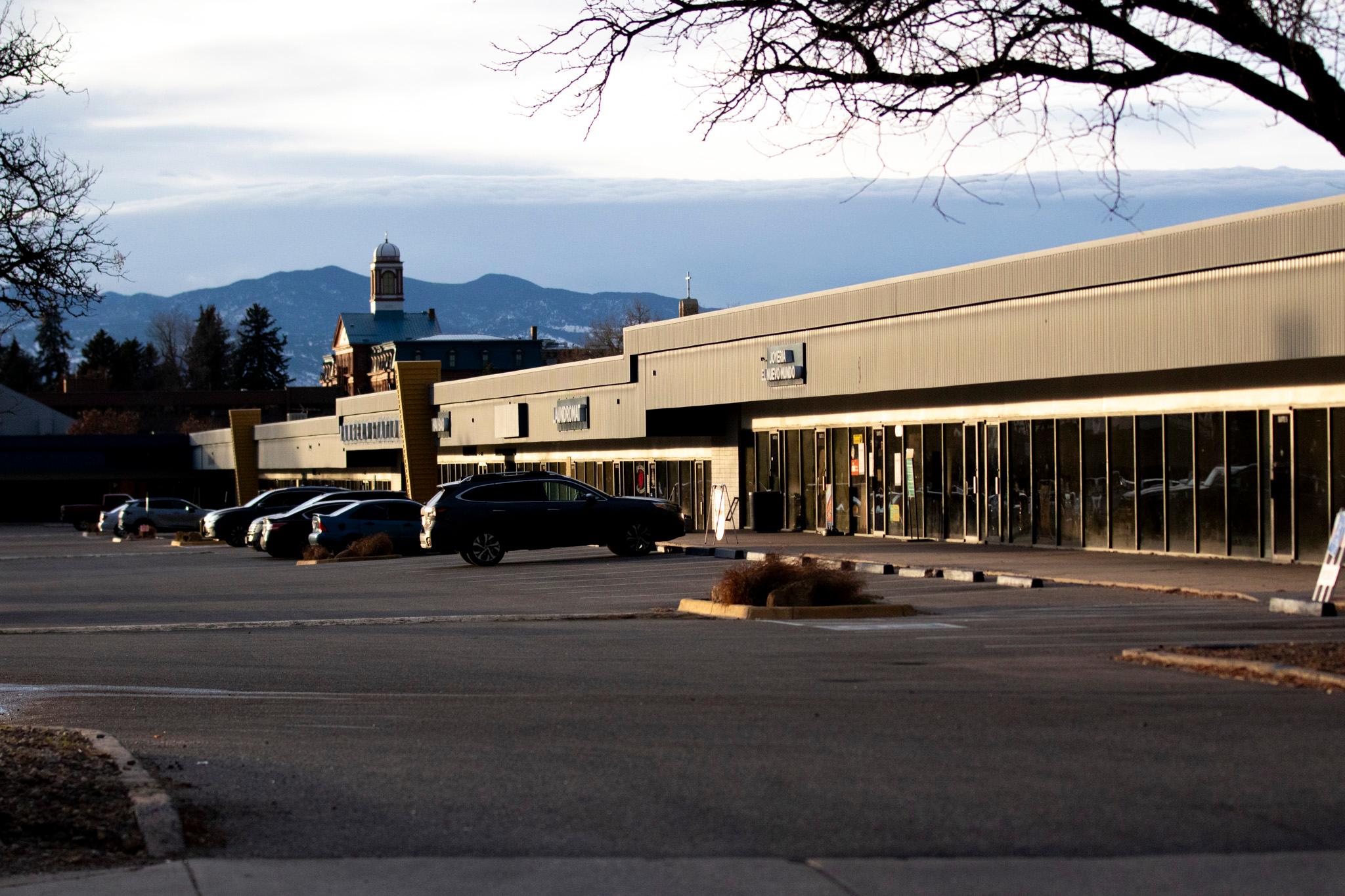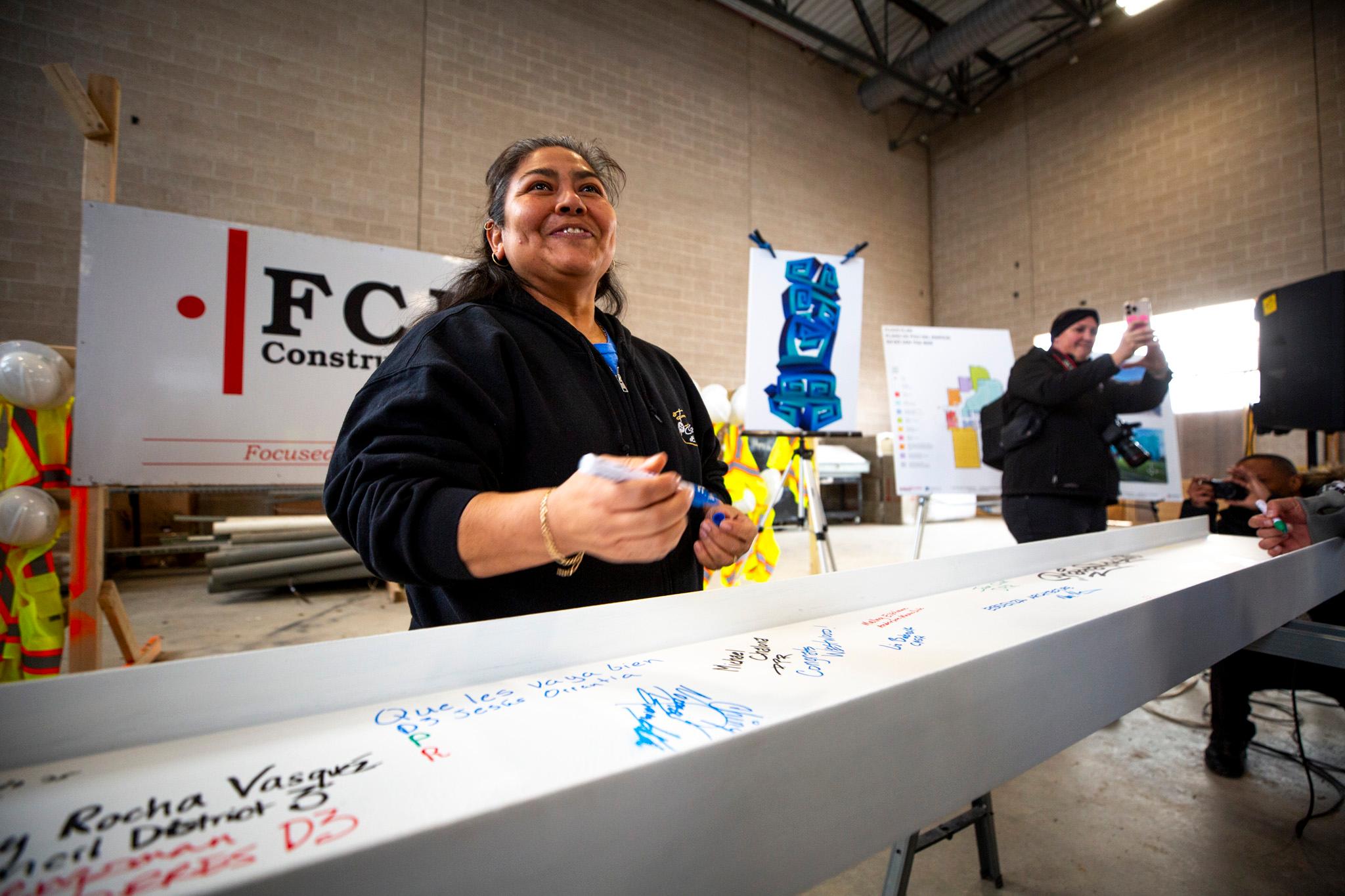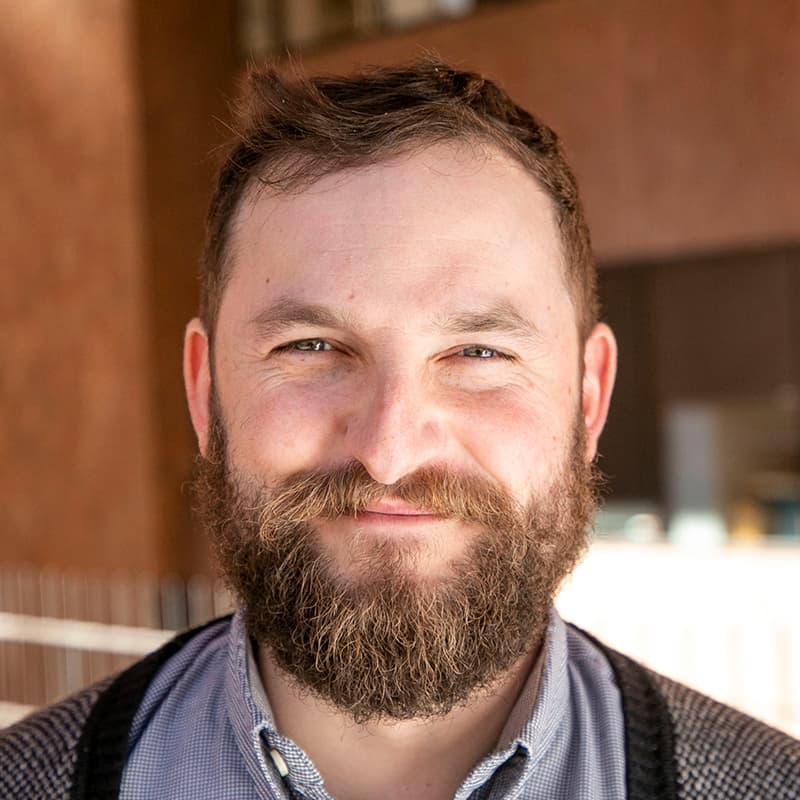Updated at 8:37 a.m. on Thursday, Oct. 31, 2025
Denver City Council is asking voters to change how at-large council elections work in Denver — a proposal that is confusing voters and driving a rift between council members.
Opponents argue the shift is pointless and confusing, and describe it as an attack on the progressives who currently occupy Denver's citywide council seats. But supporters of the change claim the current process is confusing and allows candidates to take office with very few votes.
The whole debate has been a heated topic among council members and political operatives. The local Republican Party supports the changes. The local Democratic Party rejects them.
But both sides face a challenge: Most of the 20-plus voters Denverite spoke to on a walk through Capitol Hill couldn’t care less about how at-large lawmakers are chosen.
In fact, not one of those people could name a single Denver City Council member. All that inside-baseball strife between elected officials appears lost on most of the city’s residents, even the few who plan to participate in November’s election.
“Nobody's chatting about it over coffee,” said Tessa Stackow, a law school graduate and registered voter who plans to take part in the upcoming election.
So what is there to chat about?
Denverite took a dive: What’s at stake? Whose idea was this, anyway? What would change, and who might win and lose?
What are at-large districts … and why do they exist?
In most large U.S. cities, council members are elected by districts or wards — so voters in different areas each get to choose their own representative. In other cities, every council member is elected “at large,” with each candidate campaigning across the entire city.
And in about a third of large cities, there’s a hybrid. Denver joined that club in 1968, when City Council proposed and voters approved adding two at-large positions to its existing district elections, according to Denver historian Phil Goodstein.
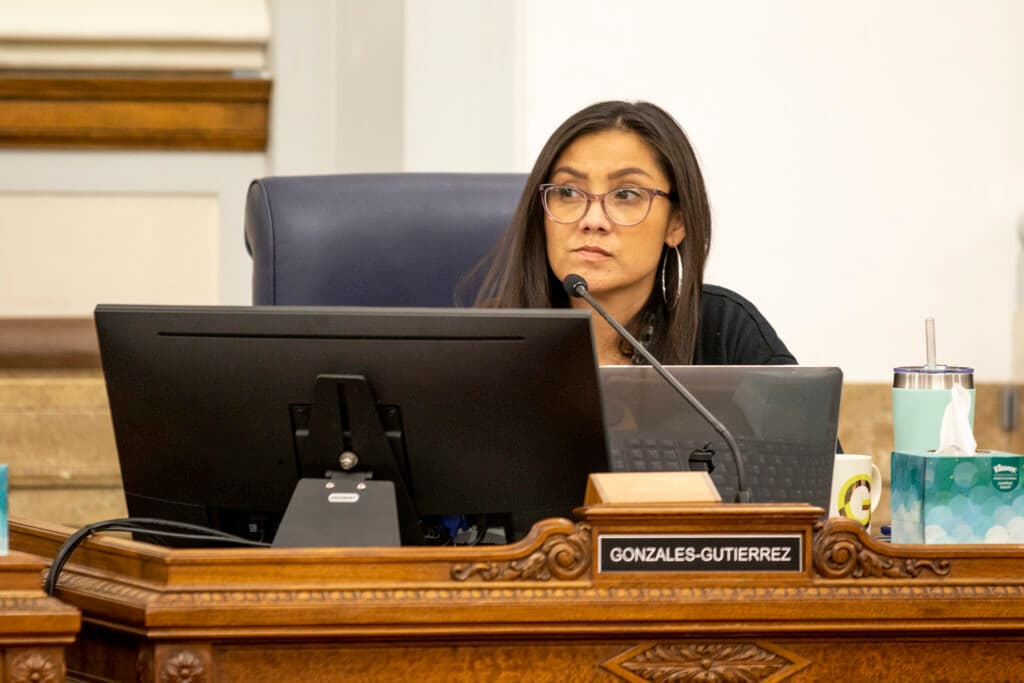
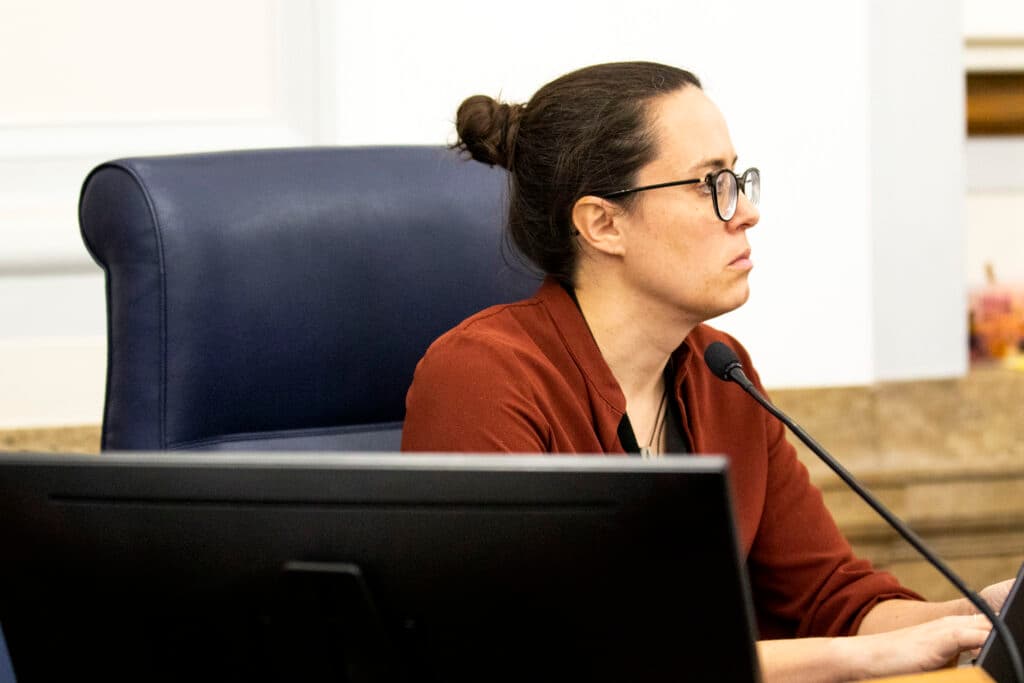
The idea was that these citywide seats would be a training ground for future state legislators or mayoral candidates, Goodstein recently wrote. The hybrid setup is also meant to ensure the council has members focused both on individual neighborhoods and the city as a whole.
But some want to see a change, including several council members. While at-large members are supposed to represent the entire city, the winners of these races often have less than 25 percent of the vote.
Here’s how the proposal would work:
More than anything, 2G would force at-large candidates to earn far more voters’ support.
Currently, all the at-large candidates are lumped into one big list on the ballot. Voters are allowed to support up to two candidates from that list.
The two candidates who win the most votes are placed in the two seats — even if one only has, say, 20 percent of the vote. That means candidates may benefit from focusing on a single, cohesive group of voters (such as progressive voters) instead of broadening out.
The proposed reform would get rid of that “top two” system. Instead of running in one big group, candidates would sort themselves into two separate groups. The singular winner of each group would take an at-large seat.
2G also would come with a new requirement: Candidates would need to get at least 50 percent of the vote to win one of the at-large races. If nobody hit that mark, there would be a second “runoff” election between the top candidates — which is how other council seats work already.
If it’s passed, 2G could alter the dynamic of at-large races. Candidates would now have to try to win over a wider swath of voters. They could need more money for bigger campaigns. And they would also have to make tactical decisions about which lane to run in.
Who’s behind the change, and why?
Councilmember Kevin Flynn is a chief proponent of the measure.
He says the current system is confusing, and he points out at-large races are the only citywide elections that don’t require majority winners. The current system, as he sees it, disenfranchises voters who don’t realize – despite written instructions – that they can vote for two at-large candidates.
“As far as diversity of choice, in the last 14 elections, that was 54 years, only three people of color have been elected at-large,” Flynn said. “It's largely been won by white candidates and it's because of the citywide vote-for-two on a single ballot.”
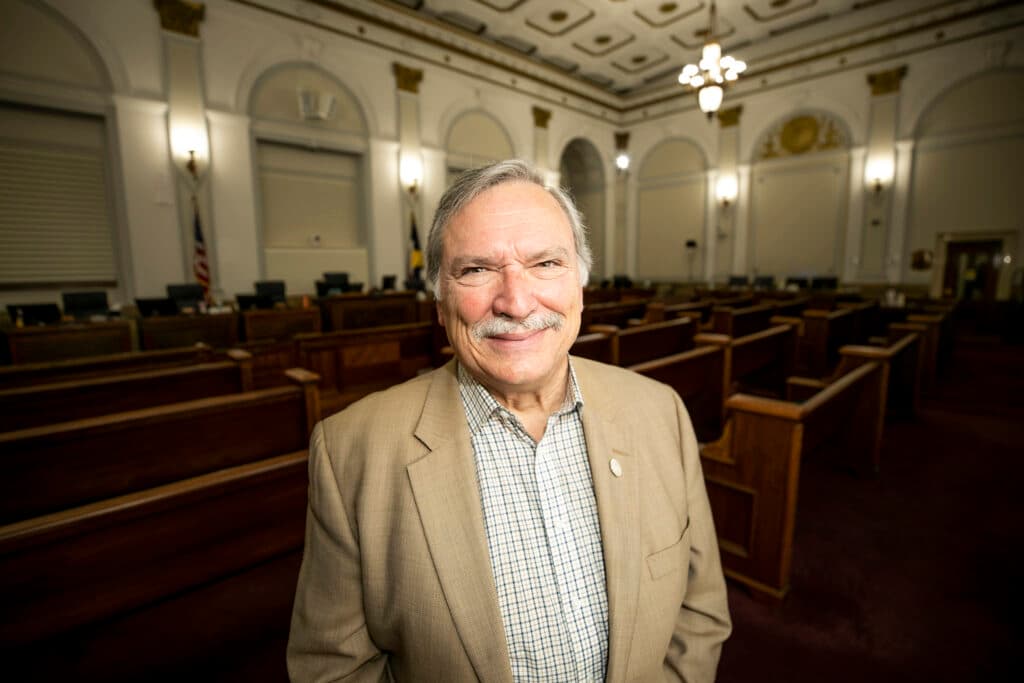
Meanwhile, supporters of the current system say it’s working as intended. And they view the proposed changes as a political maneuver meant to make the council less progressive.
The at-large role has traditionally been one where grassroots candidates with small war chests have a shot at winning, since they can get by with fewer votes, supporters said. But the rule changes would make big-time fundraising critical in a runoff.
"All of the at-large winners since the seats were established in 1971 have been well-known, well-connected, well-funded or with strong organizational backing in the community," Flynn wrote. "Not a single dark-horse grassroots lightly funded candidate has ever won. That's the problem with plurality elections. Big money has more influence electing someone if they need only 20% of the vote to win a seat."
Former councilmember Robin Kniech argued the changes would make life harder for women candidates in particular.
“For the past several decades, the overwhelming majority of at-large councilmembers elected have been women, who we know from national research and local experience have a harder time raising political dollars than men,” Kniech wrote in her recent voter guide.
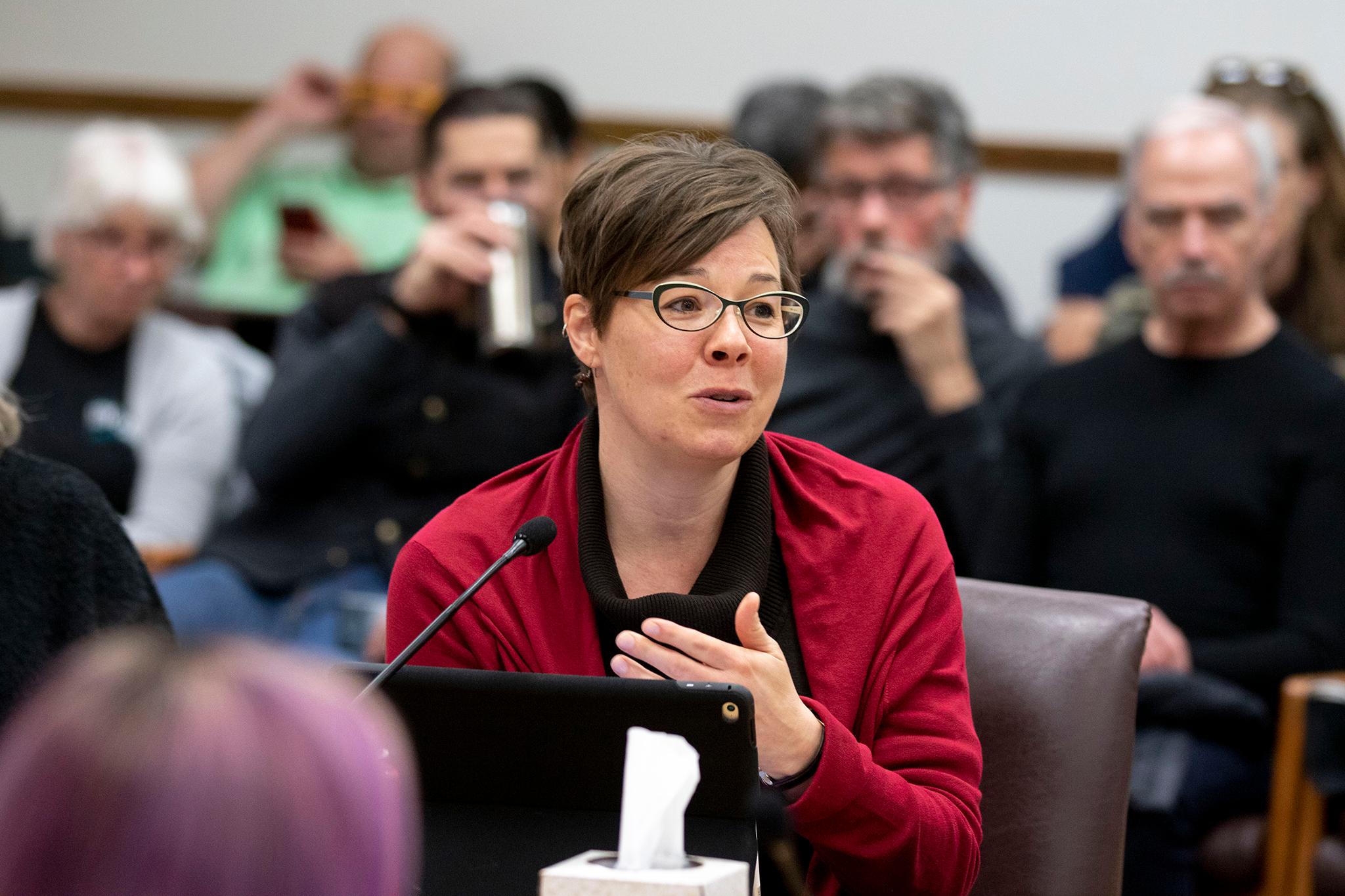
The current at-large council members are Serena Gonzales-Gutierrez and Sarah Parady. Gonzales-Gutierrez won with just over 20 percent of the vote, and Parady won with just over 16 percent — in part because they faced so many competitors. Both are progressives.
Flynn said his goal is not to disadvantage any one group, including progressives. But he does want to make it easier for new candidates to challenge incumbents like Gonzales-Gutierrez and Parady.
The proposal is dividing Denver’s elected officials.
2G proponents argue the changes would be good for the city, forcing candidates to appeal to a broader swath of voters.
Critics of 2G argue that the new system would be far more difficult for progressive and grassroots candidates. Councilmember Shontel Lewis has described the proposal as “unkind,” arguing it’s an attack on the current at-large members. The Working Families Party and the Democratic Socialists of America also oppose the measure.
They might have to raise more money and run bigger campaigns. The power of smaller, cohesive groups of voters — like progressives or even MAGA voters — might be diluted.
Lynea Hansen, who is running the 2G campaign, pushed back on the idea that Gonzales-Gutierrez or Parady would be disadvantaged. She told Denverite that she has no doubt both could still win.
Wynn Howell, state director of Working Families Party, actually agrees, saying the current at-large members are strong candidates. But they said the new measure would introduce too many political wrinkles.
“This is gamesmanship that makes no sense, and is a path to more just big corporate money in our politics,” said Howell, who also is treasurer for the opposition to 2G.
The measure was sponsored by Flynn and Councilmember Darrell Watson. The council agreed to put it on the ballot with a narrow 7-6 vote. Council members Flor Alvidrez, Stacie Gilmore, Chris Hinds, Diana Romero Campbell and Amanda Sawyer also voted in support.
Would 2G make things less confusing or more?
One of the proponents’ main arguments is that the current system is too confusing. Many voters don’t seem to realize — or care — that they can vote for two candidates in the at-large race.
Flynn argued the complexity of the system is disenfranchising some voters.
His opponents argue the proposed cure would just make things worse.
The 2G plan “makes no sense at all!” Howell wrote in a statement.
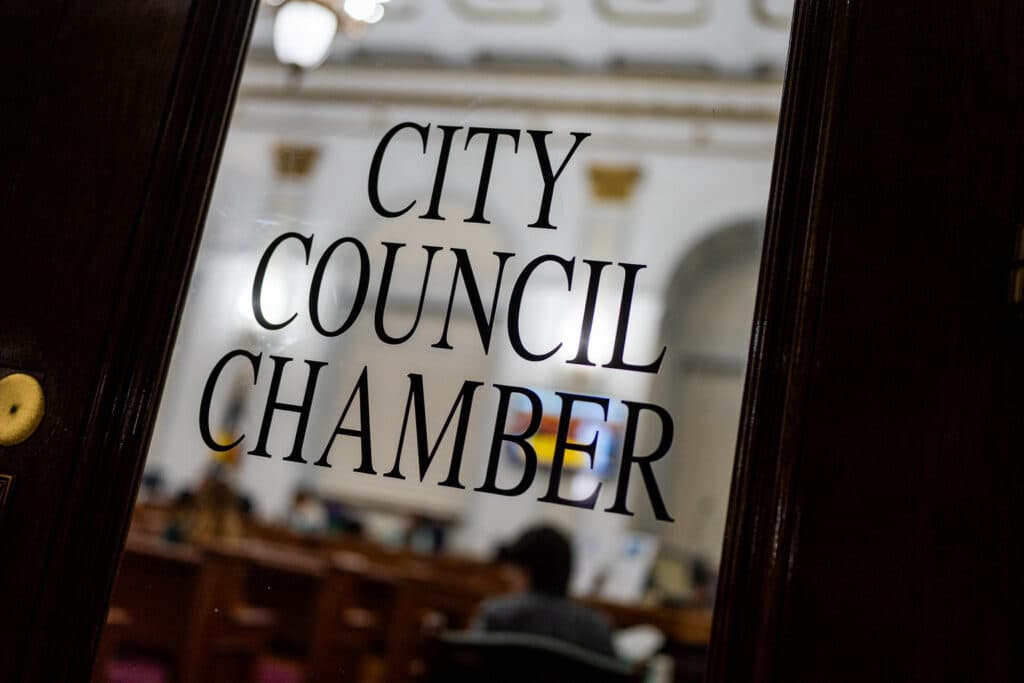
The measure would create two separate at-large races, A and B, with candidates deciding which one to enter. That could be a tough decision. Gonzales-Gutierrez and Parady, for example, might coordinate to run in different races, so as not to dilute the progressive vote. Others might hesitate to enter until they know who the competition is, potentially delaying the beginning of campaign season.
And instead of following one at-large race, voters would now need to follow two sets of candidates, two series of debates and more.
The proposed changes would leave races subject to bizarre gamesmanship, Howell argued.
But gamesmanship is inevitable in elections, Hansen countered.
Voters didn’t put this on the ballot.
Even after learning more about the issue, voter Stackow said she did not have an immediate opinion one way or the other.
Still, she plans to research the issue more and vote. That’s more than most people will do. Off-year elections like November’s traditionally bring out a fraction of the eligible electorate that would show up during a presidential or midterm election. And skepticism about the entire electoral process abounds, several voters told Denverite.
“Myself and a lot of other people I know don't really feel like voting is making an impact anymore,” Stackow said. “So it does sometimes feel like I am doing the thing I'm supposed to do because it's my civic duty. But I don't necessarily feel right now like my vote matters as much as I felt that it mattered in the past.”
For others, voting about how voting should work seemed irrelevant.
Jason Synakiewicz had not heard of the at-large issue before, and he wrote off the proposed changes as “politics.”
Was he interested in how Denver City Council works in general?
“Not particularly,” Synakiewicz said.
Meanwhile, historian Goodstein said the at-large system hasn’t achieved its original goal of serving as a boot camp for future political stars.
Instead, he said, the at-large seats should simply be abolished. But nobody’s putting that on the ballot just yet.
Editor's note: This article was updated with additional comment from Councilmember Kevin Flynn.
